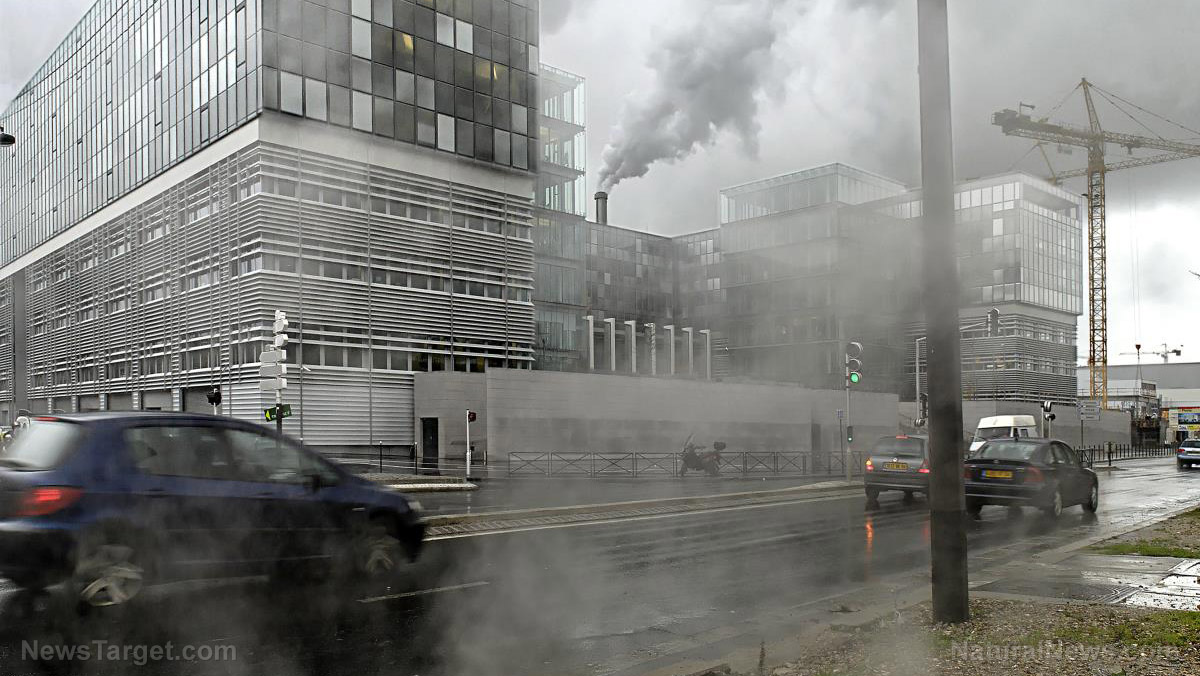
As part of their study, which was published in The Lancet Planetary Health, a team of researchers from Columbia University's Mailman School of Public Health recorded the high rates of hospital admissions for bone fractures of more than nine million individuals enrolled in Medicare in the Northeast/Mid-Atlantic between the years 2003 and 2010. They found that even a minimal increase in PM2.5 concentrations would result to a higher incidence of bone fractures in older adults.
In another eight-year follow-up among roughly 700 middle-aged, low-income adults in the Boston Area Community Health/Bone Survey group, the researchers discovered that individuals who live in places with greater levels of PM2.5 and black carbon, an air pollutant coming from automotive emissions, had lower levels of parathyroid hormone, which is an essential calcium and bone-related hormone, and higher reductions in bone mineral density compared to those who were exposed to lower levels of these pollutants.
According to the researchers, particulate matter, such as PM2.5, can cause systemic oxidative damage and inflammation. They suggest that this could speed up bone loss and cause higher risk of bone fractures in older people. They added that smoking, which has several particulate matter components, has been continuously linked with bone damage.
“Decades of careful research has documented the health risks of air pollution, from cardiovascular and respiratory diseases, to cancer, and impaired cognition, and now osteoporosis,” explains Andrea Baccarelli, the senior author of the study.
He adds that their research indicates that clean air enhances the health of the bones and it can help prevent bone fractures. In addition, he says that the greatest way to prevent air pollution-related diseases is through policies to enhance the quality of air.
The researchers pointed out that osteoporosis is a disease in which bones become fragile and weak as the body loses more bone mass than it can restore. According to the National Institute on Aging, as people get older, bone mass stops increasing at around the age of 30. Moreover, around the age of 40 to 50, lesser bones may be replaced and more bones may be broken down. Moreover, the disease is the most common cause of broken bones among older adults.
Usually, when a bone breaks, it does not show symptoms beforehand and it happens suddenly or from something that is harmless. After the year an older adult experienced bone fracture, the risk of death becomes greater by at least 20 percent, and only 40 percent of those who had bone fractures recover. Every year, approximately two million osteoporosis-related bone fractures are estimated in the United States, which result to about $20 billion in direct health costs yearly.
B-vitamins may lessen the epigenetic effects of air pollution
Baccarelli reported in a different study, which was published online in the journal PNAS, that B-vitamins can reduce the epigenetic effects of air pollution on health. He and his team at Harvard’s T. H. Chan School of Public Health in Sweden, China, Singapore, Mexico and Canada, gave either a B-vitamin supplement, which contains 2.5 milligrams (mg) of folic acid, 50 mg of vitamin B6, and one mg of vitamin B12, or a placebo everyday for four weeks to 10 study participants – all of them were aged 18 to 60 healthy non-smokers and were not taking any medications or supplements. Results showed that the B-vitamin supplementation lowered the PM2.5 effect by between 28 to 76 percent at 10 gene locations, as well as on the mitochondrial DNA.
“Our study launches a line of research for developing preventive interventions to minimize the adverse effects of air pollution on potential mechanistic markers. Because of the central role of epigenetic modifications in mediating environmental effects, our findings could very possibly be extended to other toxicants and environmental diseases,” Baccarelli explains.
Sources include:
Please contact us for more information.























